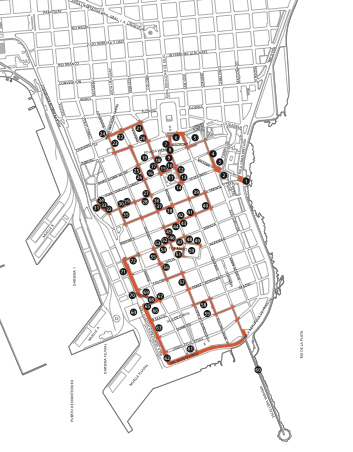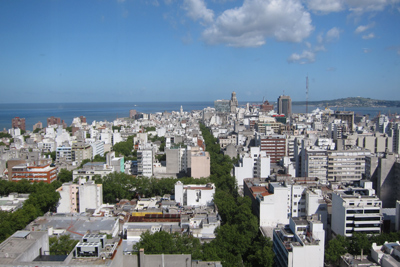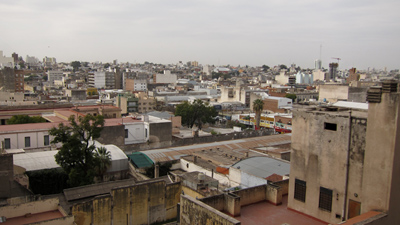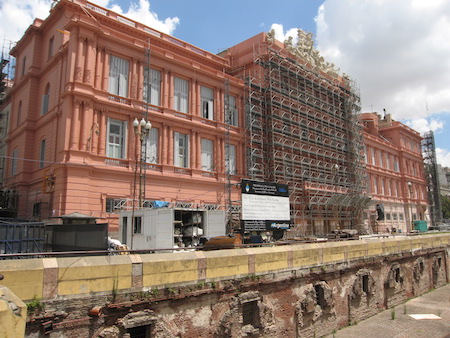montevideo: ciudad vieja

Although founded practically two centuries after Buenos Aires, early Montevideo followed the same city plan in 1724 as almost every other Spanish colonial town. Fitting snugly into a small outcrop & taking advantage of a natural port, the Ciudad Vieja consists of only 100 blocks —give or take a few— arranged in an 8 x 13 grid. The establishment of Montevideo attempted to resist encroaching Portuguese settlements, namely Colonia del Sacramento founded in 1680. Montevideo’s population grew very slowly, but in 1829 city officials demolished fortress walls & the Old City took on its current character.
Read More »montevideo: ciudad vieja


